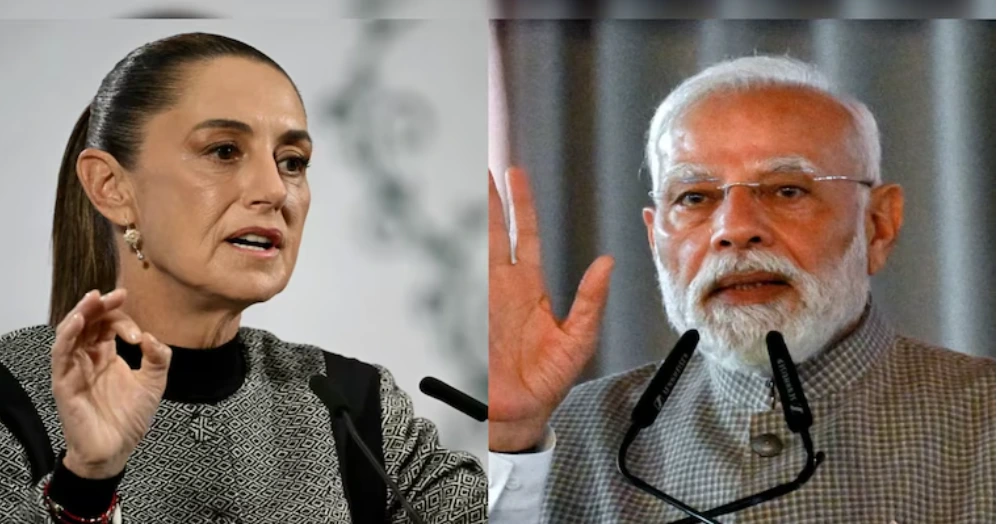Latest world news
Wikilieaks founder Julian Assange gets 50 weeks in jail by UK court for jumping bail

Latest world news
Bondi Beach shooting during Jewish festival leaves at least 15 dead
Australia’s Bondi Beach was rocked by the deadliest shooting in decades as a father and son opened fire during a Jewish festival, killing at least 15 people.
Latest world news
US lawmakers move resolution to roll back Trump’s 50% tariffs on Indian imports
Three US lawmakers have moved a resolution to end Trump’s emergency declaration that imposed 50% tariffs on Indian goods, calling the move illegal and harmful to trade ties.
Latest world news
Mexico imposes 50% tariff on Indian imports, auto exports maybe hit
Mexico’s approval of 50% import duties on select goods from India and other Asian countries threatens nearly $1 billion worth of Indian exports, especially in the automobile sector.
-

 Latest world news12 hours ago
Latest world news12 hours agoBondi Beach shooting during Jewish festival leaves at least 15 dead
-

 India News9 hours ago
India News9 hours agoNew VB G RAM G Bill set to replace MGNREGA in Parliament
-

 India News8 hours ago
India News8 hours agoBJP demands Sonia Gandhi’s apology over Congress rally slogan targeting PM Modi
-

 India News6 hours ago
India News6 hours agoNitin Nabin terms BJP working president role a party blessing, thanks leadership
-

 India News6 hours ago
India News6 hours agoOmar Abdullah distances INDIA bloc from Congress’s vote chori campaign
-

 India News3 hours ago
India News3 hours agoPriyanka Gandhi and Prashant Kishor held talks in Delhi after Bihar election setback
















